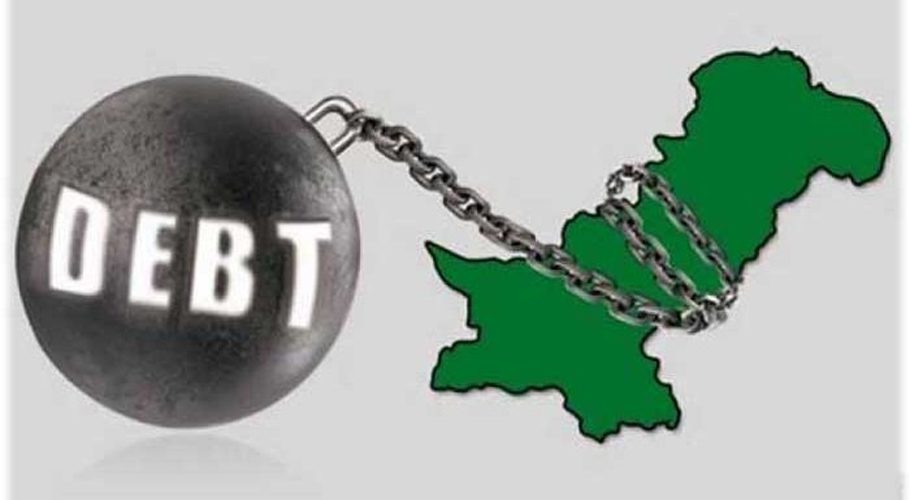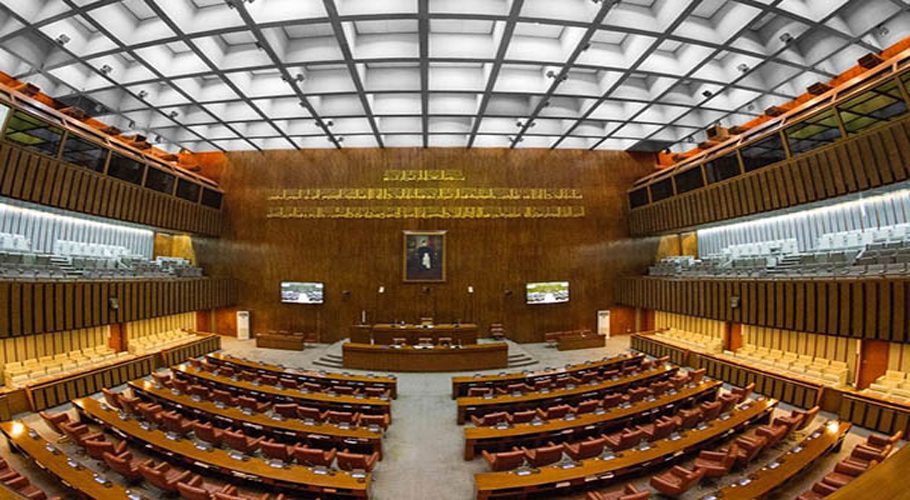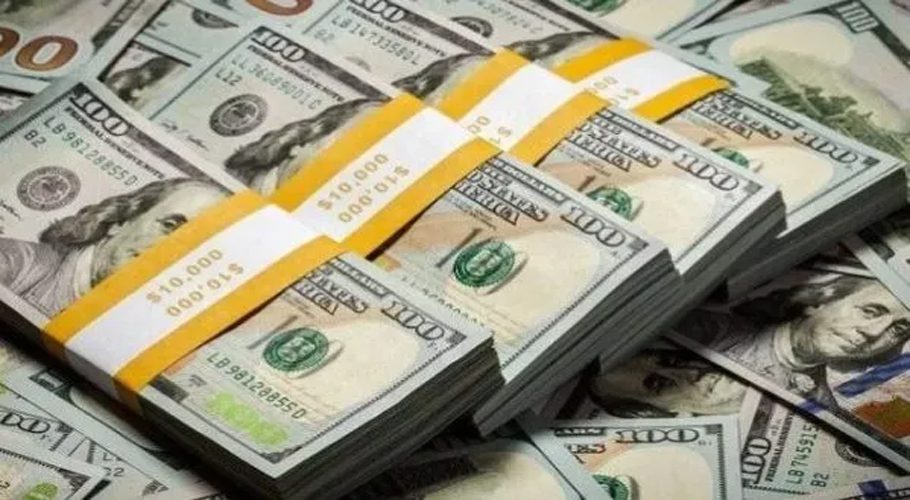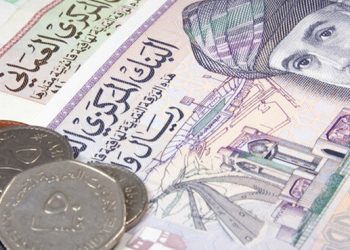Pakistan is facing a substantial challenge on foreign debt repayment front as the South Asian nation has to repay more than $23 billion in external debt during the current fiscal year (FY2025–26).
This substantial amount includes payments to multilateral and bilateral creditors, international bondholders, and commercial lenders. The government anticipates rollover of approximately $12 billion in deposits from friendly countries.
However, a refusal to roll over these funds could exert considerable pressure on Pakistan’s repayment capacity.
Roughly $11 billion is due directly to creditors such as the World Bank, the International Monetary Fund (IMF), and others. A $500 million Eurobond matures in September 2025, followed by an additional $1 billion Eurobond due in April 2026. These repayments come at a time when economic growth is slowing and inflation is easing, both of which are expected to further deteriorate the country’s debt-to-GDP ratio.
Of the total repayment amount, $15 billion constitutes public sector external debt. This includes $4 billion in Chinese SAFE deposits managed by the Ministry of Finance.
Also read: Pakistan posts record $2.1 billion current account surplus in FY25
The remaining $9 billion is held on the books of the State Bank of Pakistan (SBP), comprising loans from international institutions and deposits from friendly nations—namely $5 billion from Saudi Arabia, $2 billion from the United Arab Emirates, and nearly $1 billion from Qatar.
Moreover, Pakistan must repay $2.8 billion to multilateral lenders such as the World Bank and the Asian Development Bank. Commercial loan repayments are projected at $2.3 billion, while bilateral debt repayments will total $1.8 billion. These obligations collectively add to the financial burden facing Islamabad in FY2026.



































